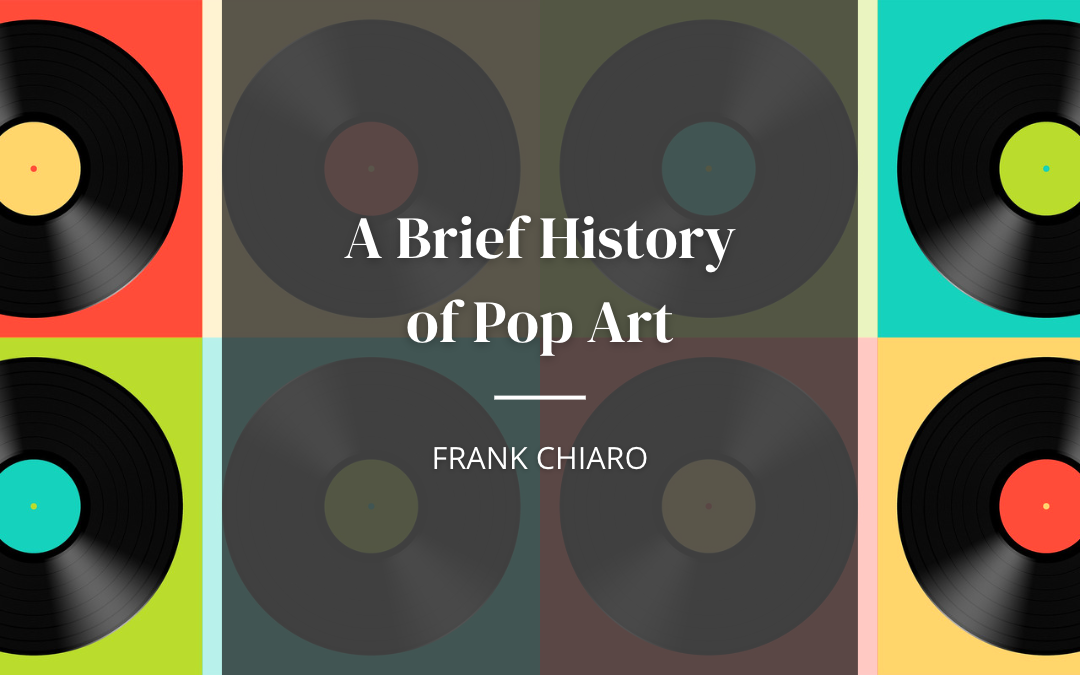Pop Art is an art movement that has captivated art lovers for decades. It originated in Britain in the mid-1950s and in the United States in the late 1950s and has since become a global phenomenon. Pop Art challenged traditional notions of fine art by including imagery from popular culture, such as advertising and news, and utilizing techniques that combined unrelated material to create something entirely new.
At the time of its emergence, the post-war consumer boom of the 1950s and 1960s was in full swing, and Pop Art was a way to celebrate this. It coincided with the globalization of pop music and youth culture and was a rebellious reaction to the artistic establishment. It included styles of painting and sculpture from various countries, all of which had a common interest in mass-media, mass-production, and mass-culture. Pop Art sought to incorporate elements from popular culture into art, often by utilizing irony to highlight the mundane or kitschy aspects of a culture.
The first two artists to really lay the foundations of Pop Art were Richard Hamilton and Eduardo Paolozzi. They were both a part of the UK-based Independent Group, and their conversations and art served to kick-start the transatlantic art movement now known as Pop Art. In America, Jasper Johns and Robert Rauschenberg were the forerunners of American Pop Art.
It’s undeniable that the American Abstract Impressionist movement also had an influence on British Pop Art and vice-versa. This was evident in the works of Sir Peter Blake and Richard Hamilton, who both created works based on the Union Jack and Retroactive II.
Andy Warhol is perhaps the most recognizable name associated with Pop Art. His works, such as his iconic image of a Campbell’s Soup can, have become household images, reproduced onto t-shirts and posters, and recognized by people across the globe. Warhol’s works are a great example of how Pop Art utilized everyday objects and images.
Pop Art has continued to influence art and culture over the past six decades, with its style and imagery still recognizable in many contemporary works. Pop Art remains a popular art movement, beloved by art collectors and fans of popular culture alike. Its playful and often ironic approach to art is a refreshing reminder that art doesn’t always have to be serious and can be enjoyed by everyone.
